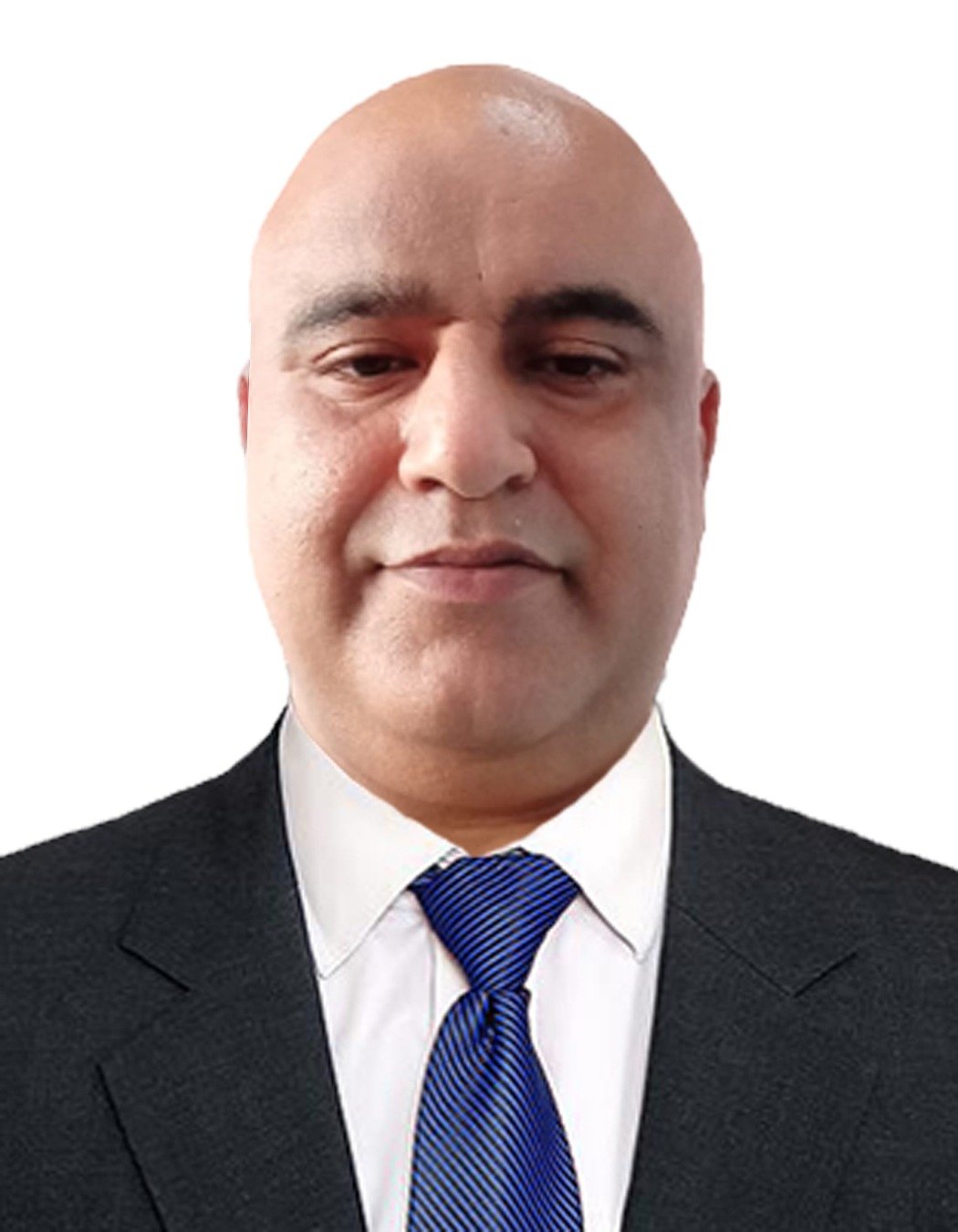ABC of Chip War – Part II – Geo-economics and Chips: What is the real issue behind Chip War between U.S. and China? Is it about great power rivalry? About politics or national security? Or is it about economics? In fact it is about all of it. ABC of Chip War – Part II – Geo-economics and Chips will focus on economics of chips.
ABC of Chip War: Cardinals of Chip Mastery
Any manufacturing business will require facility, material, equipment, procedures and technical expertise. As highlighted earlier, there are four basic stages of chip production; research, design, manufacturing and ATP.
While every major player in chip industry invests heavily in R&D. U.S. by far has the lead in terms of research and designing of chips. U.S. firms maintain a leading or highly competitive position in R&D, design, and manufacturing technology. In 2021 for example, U.S. firms contributed 277 billion USD in U.S. GDP. 18 percent of it was spent on R&D.
All major companies involved in semi conductor business such as Intel, Nvidia, AMD, Texas Instruments, Qualcomm, Micron, Broadcom, Applied Materials, Global Foundries, Cadence, Synopsys, Mentor and Cymer etc. are U.S. or U.S. based companies. In addition, U.S. also maintains top human resource talent in chip industry. For instance, more than 50 percent of semiconductor design engineers work for U.S. headquartered companies.
Out side U.S. there are other well known names such as TSMC in Taiwan, Samsung and SK Hynix in South Korea, Arm in UK, ASML in Netherlands. Japanese Sony, Toshiba and Sharp were big names specially in 80s, however, their market share has dropped considerably. In China Huawei, SMIC, Fujian Jinhua are few well known names. While there are several other entities in the market, however, their market share is much lesser.
In terms of manufacturing there are three aspects that need to be considered. First is the technology that enables manufacturing. This technology includes software for chip design and fabrication and precise machines for fabrication. Others are raw materials such as specialty chemicals and silicon wafers.
In software, U.S. maintains lead. Almost every chip in the world uses software from three U.S. firms; Cadence, Synopsys, and Mentor. As per semicondutors.org, U.S., Europe and Japan produce 90 percent of equipment used in chip fabrication. Chinese share is only 1 percent.
The most modern technology for making advanced chips is Extreme Ultra Violet (EUV) lithography machine. At least last two generations of modern chips have been produced through these machines. It is a result of more than three decades of R&D and made by just one company in the world; Netherland’s, ASML. Cymer, a U.S based firm is the only company in the world capable of providing the EUV light for this machine. Without these machines, modern chips cannot be made. This is where U.S. has already asserted pressure and ASML has declined selling of these machines to Chinese firms.
What is more important. Tech industry believes that their evolution to next generation is dependent on High-numerical aperture EUV lithography short formed High-NA EUV. This machine is also under development by ASML. Costing around 300 million USD, it will be commercially available by 2025. Intel reportedly has already cut a deal with ASML for provision of first High-NA EUV lithography machine.
In terms of raw material, U.S. and her allies produce more than 70 percent of raw materials including specialty chemicals. While China has 19 percent share of world production.
In case of silicon wafers production, while China has the largest individual share at 21 percent. However, U.S. and her allies produce more than 70 percent of world requirement. The catch is that most of it is concentrated in East Asia. East Asia accounts for 80 percent of world silicon wafers production. Silicon wafers are critical. However, technology involved as well as expertise can always be relocated if supply chain diversity is essential for any reason. In other words it is a process that is at the lower end of tech intensity in chip manufacturing, more tedious and less profitable in comparison to other aspects.
These statistics are crystal clear in what they explain. U.S. and her allies have unquestioned mastery over chips. China is greatly disadvantaged in this regard. Because the chip business is firmly in hands of U.S. and her allies. However, wafer production is concentrated in a more geopolitically contested region.
ABC of Chip War: Mapping Fabrication and ATP
The real issue is where chips are fabricated and to some extent where Assembly, Testing and Packaging (ATP) is done. In terms of fabrication, Taiwan and South Korea are world leaders. Where companies like TSMC and Samsung are major players. Other than some proportion of advanced logic chips fabricated in house by U.S. firms, most advanced logic chips are fabricated by just two companies, Samsung and TSMC.
44 percent of all memory chips and 8 percent of all logic chips in the world are made in South Korea. Similarly, 41 percent of all logic chips and more than 90 percent of most advanced chips are produced in Taiwan. 17 percent of all chips are made in Japan. China’s share of 15 percent is mostly based in low tech chips. Overall East Asia produces more than 90 percent of memory chips and 75 percent of logic chips. Any conflict in the South China Sea or Taiwan Strait for example has the potential to effect chip supply chain adversely.
ATP, being labor intensive and low profitably job, is extensively off shored by major chip makers. 38 percent of ATP is done in China followed by 19 percent in Taiwan. Again more than 50 percent of chip ATP is linked to South China Sea and Taiwan Strait.
Security experts worry about the possibility of tampering and installation of back doors or errors during chip fabrication and ATP. To this end extreme measures are also being adopted. For instance U.S. DARPA has zero trust approach; trust nothing verify everything through technologies such as implanting sensors on the chip that detect efforts towards any form of modification.
ABC of Chip War: Geopolitics or Geo-economics
When it comes to Chip War, it is difficult to bifurcate the reason; geopolitics and geo-economics. First let us have a look at the economics part of it.
Moore’s Law is the driving force of chip business. Cofounder of Fairchild Semiconductors, Gordon Moore made a far reaching observation in 1965. Since the production of Micrologic, a chip with 4 transistors, he observed that number of components on chip have been doubling each year as engineers developed the capacity to do so. His prediction that computing power of chips will enhance exponentially came to be known as Moore’s Law.
It is not a theory nor a fact of science. However, his prediction has endured. It will be safe to assert that semiconductors have been the driving entity of global economics since at least 1980s. Today they are the largest traded commodity in the world. Their future is brighter than ever.
According to Semiconductors.org estimates from 1995 to 2015, 3 trillion USD in global GDP has been directly attributed to semiconductor innovation. In addition, they had an estimated $11 trillion indirect impact.
World Semiconductor Trade Statistics (WSTS) estimated that in 2020, semiconductors sale amounted to 440.4 billion USD. While, in 2021 a record increase of 26.2 percent was experienced with sales reaching 555.9 billion USD. In 2022 it reached 602 billion USD, according to one congressional research service report.
Although a slump of 10.3 percent in sales have been experienced in 2023 mainly due to inflation and weak consumer demand. However, an increase of 11.8 percent is expected in 2024. This implies that the world chips business will exceed 700 billion USD by 2024.
Within this global ecosystem of chips, in 2021 U.S. held the largest share at 46 percent. Nearest competitor was South Korea with 19 percent share. While China had a share of 7 percent, 2 percent below Japan, Europe and 1 percent below Taiwan.
Drivers of Chip Industry Growth
Despite all the hue and cry over national security issues, civil sector is the real driver of chip industry growth with Governments demand share of 1 percent only. In 2021 PCs accounted for 31.5 percent of chip demand. Communication sector had 30.7 percent share. While, automotive, consumer and industrial sectors accounted for over 12 percent each.
As technology is embraced on ever increasing rates in all fields, demand for chips will remain solid. AI, IoT, 5G/6G, quantum computing, space and defense industries will continue to fuel chip demand in the future.
Cars and Chips in 2021: Was it Supply Chain Issue?
Chip industry manufactured 1.15 trillion units in 2021. Chip fabrication plants working way above normal capacity of 80 percent. This brings forth the politics of supply chain. Semiconductor industry in U.S. and governments most notably in U.S. and Germany blamed supply chain issues for chip shortage experienced especially by their automotive sectors in 2021. In fact it was not because of supply chain issues. Actually, chips were never ordered, therefore, never made.
Due spread of nCOVID-19, car companies worldwide expected a slump in sales with global shut downs and cancelled their orders for chips. At the same time demand of PCs and data centers increased as much of life shifted online. Chip manufacturers simply shifted to new demand areas.
When vehicles demand quickly recovered, car companies struggled to find chips required. According to American Automotive Policy Council, auto companies can use over a thousand chips in each car. Even if one chip is missing; car cannot be sold. The blame squarely lies with automotive companies’ just in time logistics policies and decisions taken amid pandemic. Resultantly, automobile companies had a collective revenue loss of 210 billion dollars.
To be continued.







One Response